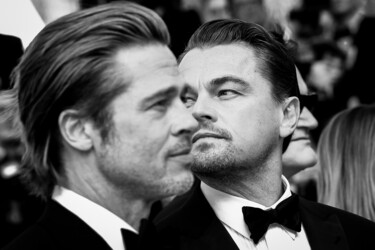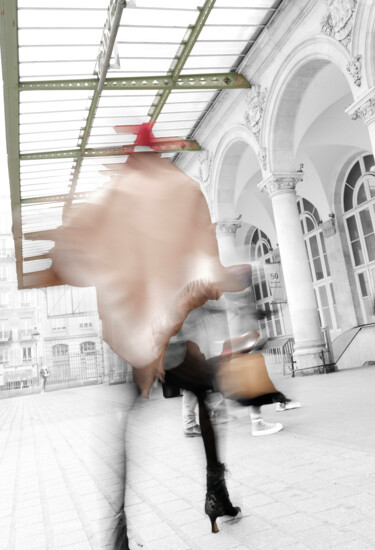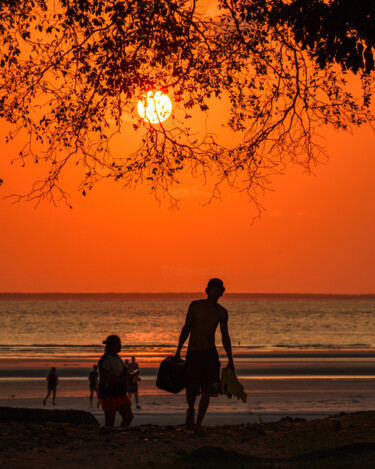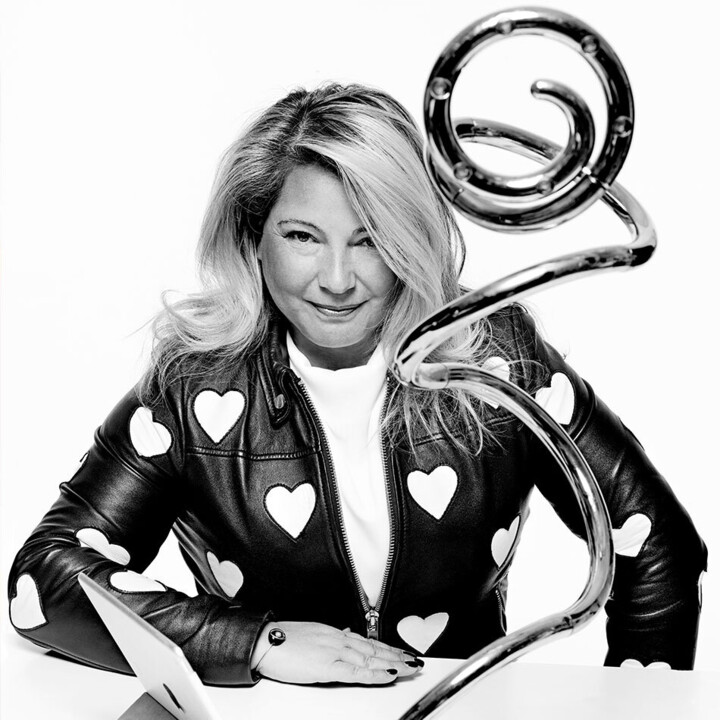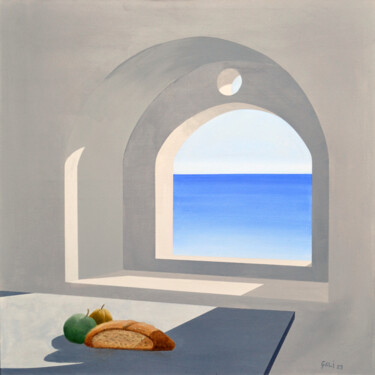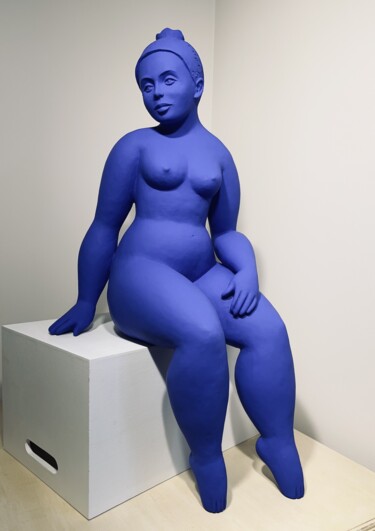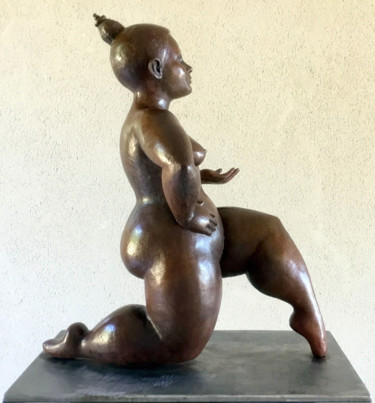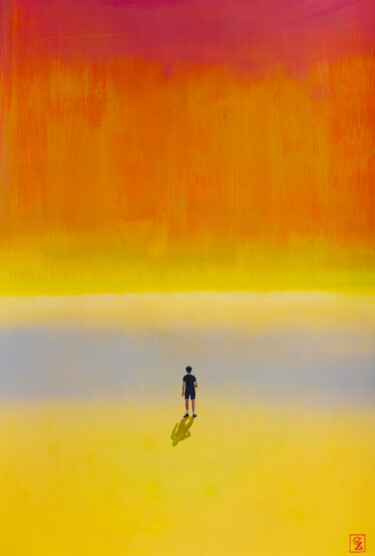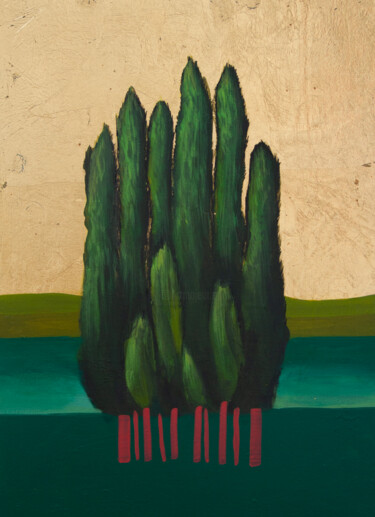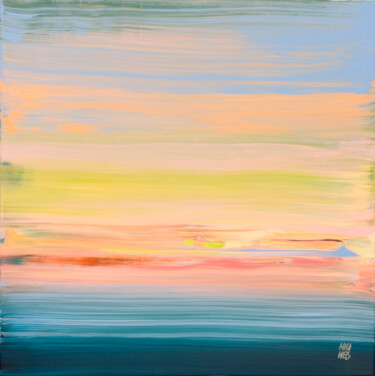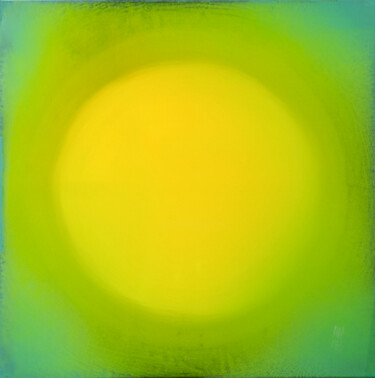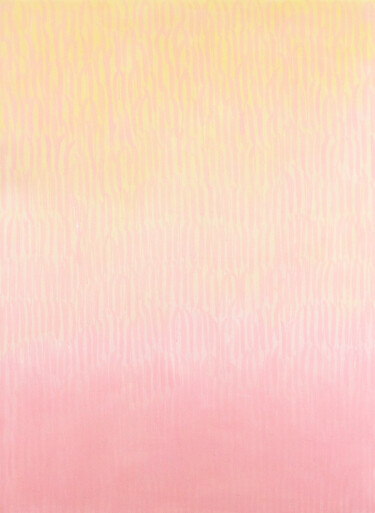EXPERTENAUSWAHL
KURATIERTE AUSWAHL VON KUNSTWERKEN ANERKANNTER EXPERTEN DER ZEITGENÖSSISCHEN KUNSTWELT.
JÉRÔME PANTALACCI
DER GLAUBE DURCH DAS BILD
Ein fotografischer Blick
Die Fotografie hat seit ihrer Entstehung die Validierung der Leichtgläubigkeit des Betrachters in sich getragen. Sie wurde sofort als treue Reflexion der Realität wahrgenommen. Was sie nie war. Die Fotografen haben sich nie auf diese Treue beschränkt und haben die Kamera ergriffen, um einen anderen Blick auf die Welt zu werfen und mit unseren Wahrnehmungssinnen zu spielen.
In einer Zeit, in der die digitale Technologie und die künstliche Intelligenz alle Manipulationen ermöglichen und das Bild ständig in Frage gestellt wird, während die Fotografie jegliche Validierung der Leichtgläubigkeit verloren hat und der Betrachter nicht mehr glaubt, was er sieht, spielen Fotografen weiterhin mit der Kamera, mit dem Rahmen, mit dem monofokalen Blickwinkel, um Bilder zu produzieren, die uns dazu bringen, die Welt anders zu betrachten.
Eine neue Aufmerksamkeit für die Welt zu entwickeln, sich nur dem Realen zu nähern oder seinen Blickwinkel zu ändern, ist eine Erholung für das Auge in einer Welt, die von ungültigen Bildern überschwemmt wird, die uns unseren Glauben an die Realität verlieren lassen.
Ein fotografischer Blick
Die Fotografie hat seit ihrer Entstehung die Validierung der Leichtgläubigkeit des Betrachters in sich getragen. Sie wurde sofort als treue Reflexion der Realität wahrgenommen. Was sie nie war. Die Fotografen haben sich nie auf diese Treue beschränkt und haben die Kamera ergriffen, um einen anderen Blick auf die Welt zu werfen und mit unseren Wahrnehmungssinnen zu spielen.
In einer Zeit, in der die digitale Technologie und die künstliche Intelligenz alle Manipulationen ermöglichen und das Bild ständig in Frage gestellt wird, während die Fotografie jegliche Validierung der Leichtgläubigkeit verloren hat und der Betrachter nicht mehr glaubt, was er sieht, spielen Fotografen weiterhin mit der Kamera, mit dem Rahmen, mit dem monofokalen Blickwinkel, um Bilder zu produzieren, die uns dazu bringen, die Welt anders zu betrachten.
Eine neue Aufmerksamkeit für die Welt zu entwickeln, sich nur dem Realen zu nähern oder seinen Blickwinkel zu ändern, ist eine Erholung für das Auge in einer Welt, die von ungültigen Bildern überschwemmt wird, die uns unseren Glauben an die Realität verlieren lassen.
MARC DONNADIEU
FAMILIENBILDER (DER INDIANER-SOMMER)
Ein fotografischer Ausflug
Dieser fotografische Ausflug beschäftigt sich mit der Sommerzeit, einem Moment, in dem man das Gewöhnliche des Alltags hinter sich lässt, um diese Urlaubszeit anders zu erleben. So ermöglicht er es, mit Feingefühl neue Familiengeschichten festzuhalten, ähnlich wie die Bilder von Hicham Ahyoud, Hervé Gergaud oder Anne-Marie Bertin.
Die Zeit der Reise zerfällt und rekonstruiert sich hervorragend in visuelle Fragmente. Die Werke von Henry Pouillon, Jean-Michel Ratron und Catherine Ballet sind das perfekte Beispiel dafür durch Effekte von Kontrast, Verzerrung oder Überlagerung.
Für viele ist der Strand das emblematische Territorium der Ferien. Man trifft sich dort zahlreich und isoliert sich gleichzeitig von anderen. Die Fotografien von Cécile Ducrot, Emmanuel Passeleu und Hégémon Chaignon geben somit die menschliche Fragilität angesichts der Unermesslichkeit des maritimen Horizonts wieder. Doch sie ist ebenso eine Eroberung der Vertikalität, wie Gilliard Bressan und Sharlie Evans bezeugen. Man misst sich an anderen, wie man sich dort zu zweit durch fast luftige Figuren umarmt.
Die Fotografie ist ebenfalls eine Angelegenheit von Farben und Grafik, wie die melancholischen Sonnenuntergänge von Ori Junior, Debbie Scott-Queenin oder Elke Matthaeus bestätigen.
Luc Pallegoix verankert schließlich im Herzen der Sommernächte totemische Tierfiguren, die sowohl vom Spiel als auch von der Träumerei zeugen. Und wenn man im Sommer spielen würde?...
Ein fotografischer Ausflug
Dieser fotografische Ausflug beschäftigt sich mit der Sommerzeit, einem Moment, in dem man das Gewöhnliche des Alltags hinter sich lässt, um diese Urlaubszeit anders zu erleben. So ermöglicht er es, mit Feingefühl neue Familiengeschichten festzuhalten, ähnlich wie die Bilder von Hicham Ahyoud, Hervé Gergaud oder Anne-Marie Bertin.
Die Zeit der Reise zerfällt und rekonstruiert sich hervorragend in visuelle Fragmente. Die Werke von Henry Pouillon, Jean-Michel Ratron und Catherine Ballet sind das perfekte Beispiel dafür durch Effekte von Kontrast, Verzerrung oder Überlagerung.
Für viele ist der Strand das emblematische Territorium der Ferien. Man trifft sich dort zahlreich und isoliert sich gleichzeitig von anderen. Die Fotografien von Cécile Ducrot, Emmanuel Passeleu und Hégémon Chaignon geben somit die menschliche Fragilität angesichts der Unermesslichkeit des maritimen Horizonts wieder. Doch sie ist ebenso eine Eroberung der Vertikalität, wie Gilliard Bressan und Sharlie Evans bezeugen. Man misst sich an anderen, wie man sich dort zu zweit durch fast luftige Figuren umarmt.
Die Fotografie ist ebenfalls eine Angelegenheit von Farben und Grafik, wie die melancholischen Sonnenuntergänge von Ori Junior, Debbie Scott-Queenin oder Elke Matthaeus bestätigen.
Luc Pallegoix verankert schließlich im Herzen der Sommernächte totemische Tierfiguren, die sowohl vom Spiel als auch von der Träumerei zeugen. Und wenn man im Sommer spielen würde?...
SONIA PERRIN
THE FOREST OF DREAMS
Their testimony, in the selection offered here, highlights the beauty and richness of the living world through works that question the place of Man in his community. Networks or roots, branches or social fabrics, Man, just like the tree, flourishes within a living and global organization.
This link is not lost on artists who, in their representation of the plant world, denounce the imprint of Man on his environment, and encourage us to become aware of the vital nature that we have to modify our being-in-the-world.
SONIA PERRIN
COUPS DE ❤️ ART-O-RAMA
THE DRAWER
RAINBOW PORTRAITS
STARTER
ARTYSANAT
By turns craftsmen, designers, photographers, sculptors, and sometimes all at once, the artists in this selection produce works that are veritable condensations of technicality, whether automated or manual. While they sometimes call on cutting-edge technologies such as artificial intelligence, they also revisit ancestral methods where calm and patience are de rigueur, the combination of these skills leading to a redefinition and new incarnation of aesthetic codes.
Is it still possible to distinguish the work of man from that of the machine?
This tour questions the role of the hand in contemporary production, whether by its absence when it is replaced by an algorithm, or by its obvious presence when the work reveals a commitment to the artist's gesture and body.
STARTER
IMAGINING THE INVISIBLE
THE DRAWER
THE ART OF BLURRING
STARTER
NEW PERSPECTIVES
Through their work, these artists convey values of inclusion, witness and respect for difference.
The selected works explore shifting identities in both discourse and form, illustrate dreams and inspirations, raise awareness of sexual and gender discrimination, challenge heteronormative and cisgender models, and above all reject injunctions to fit into boxes.
Through their work, these artists convey values of inclusion, witness and respect for difference.
The selected works explore shifting identities in both discourse and form, illustrate dreams and inspirations, raise awareness of sexual and gender discrimination, challenge heteronormative and cisgender models, and above all reject injunctions to fit into boxes.










